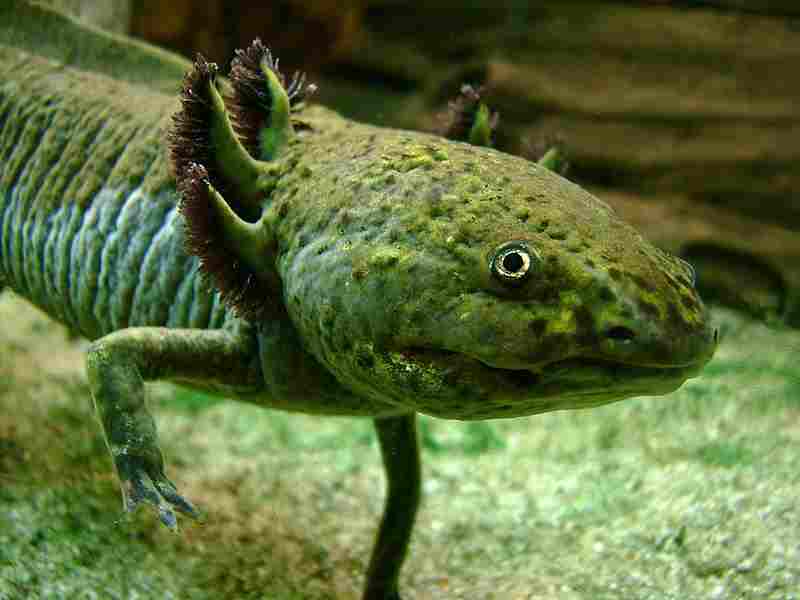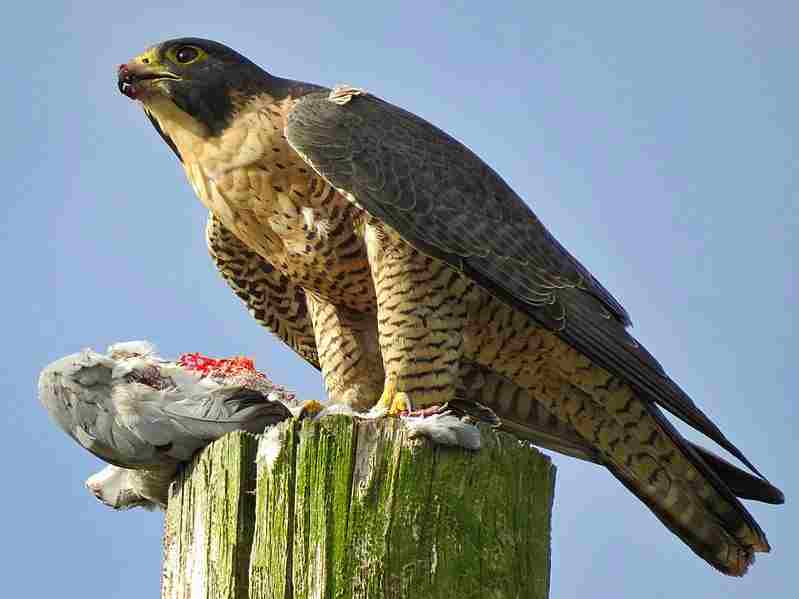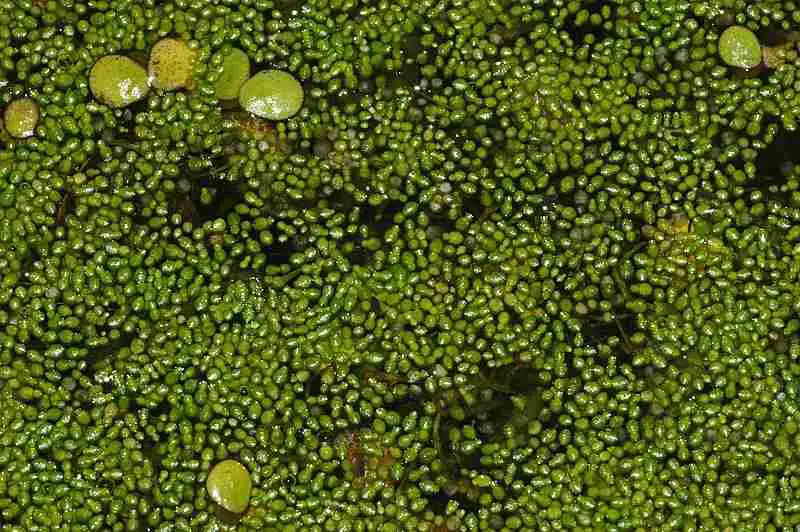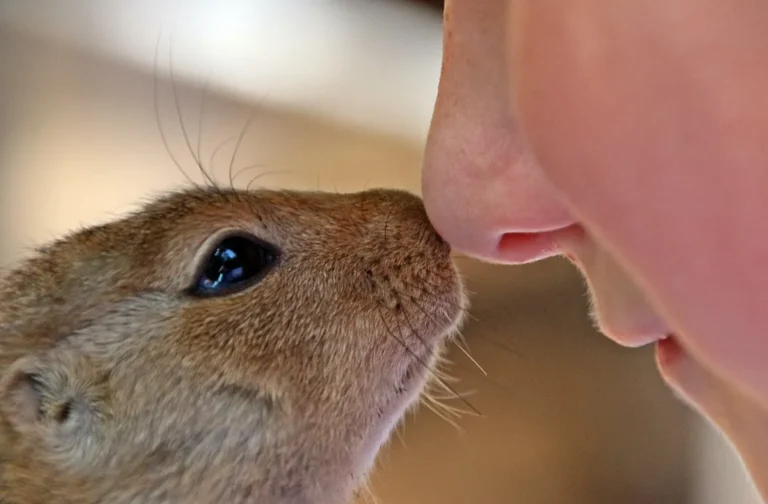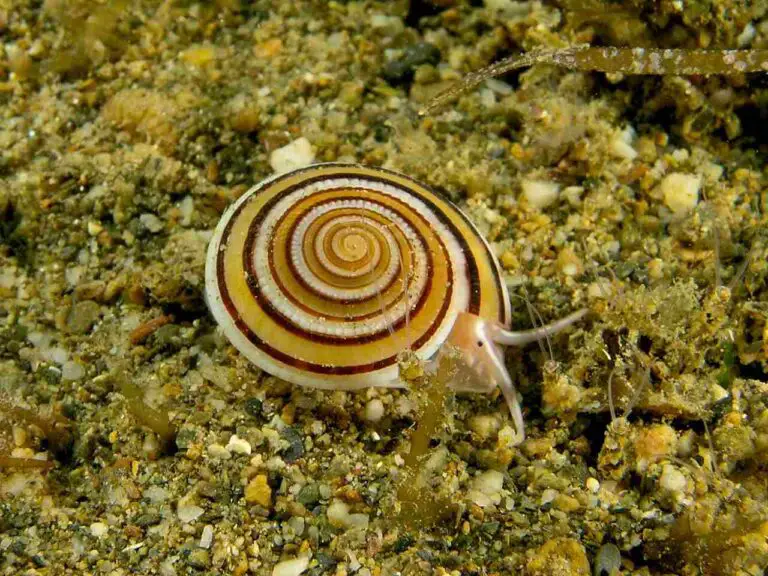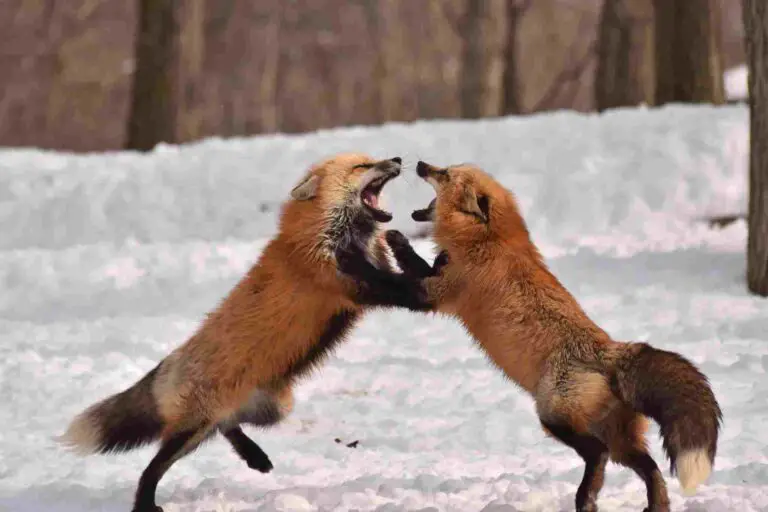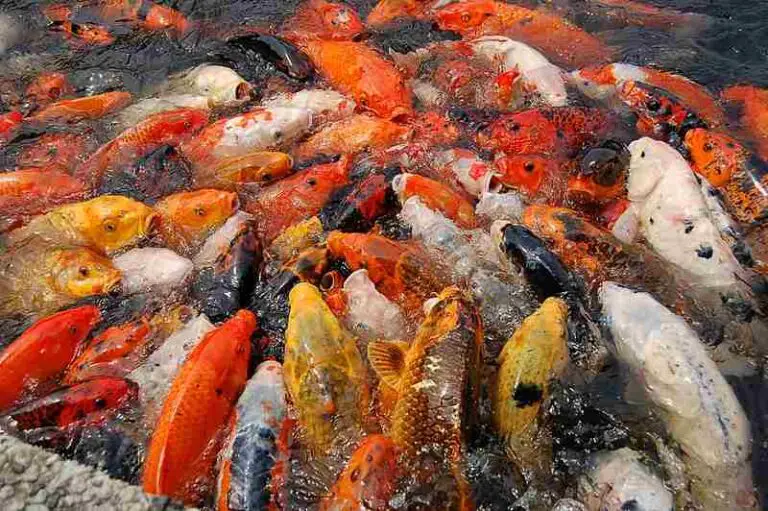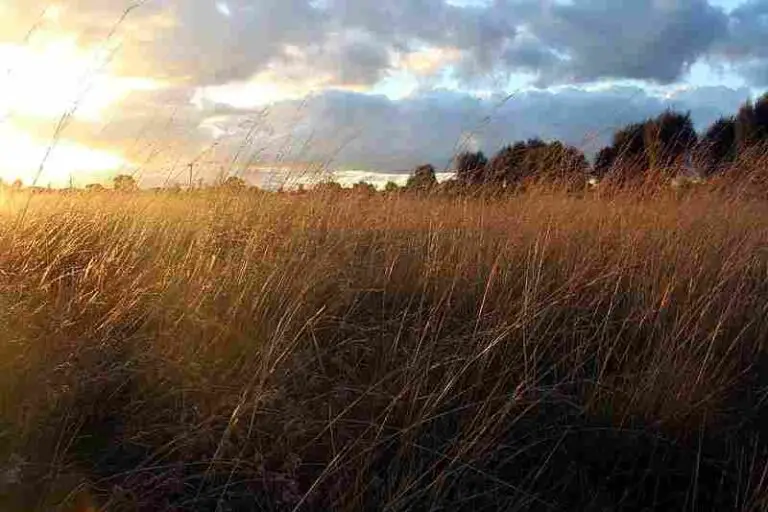What Type of Consumer is a Sea Turtle? Sea Turtle Food Chain Position and Role
Sea turtles are primarily classified as primary consumers in marine ecosystems. As they feed mainly on plant material such as algae, seagrass, and other marine vegetation, they occupy the second trophic level in food chains. However, it’s essential to note that their diet can vary based on their life stage, with hatchlings being omnivorous and adults predominantly herbivorous. This dietary flexibility underscores their role as primary consumers, contributing to the transfer of energy from producers to higher trophic levels in the oceanic food web.
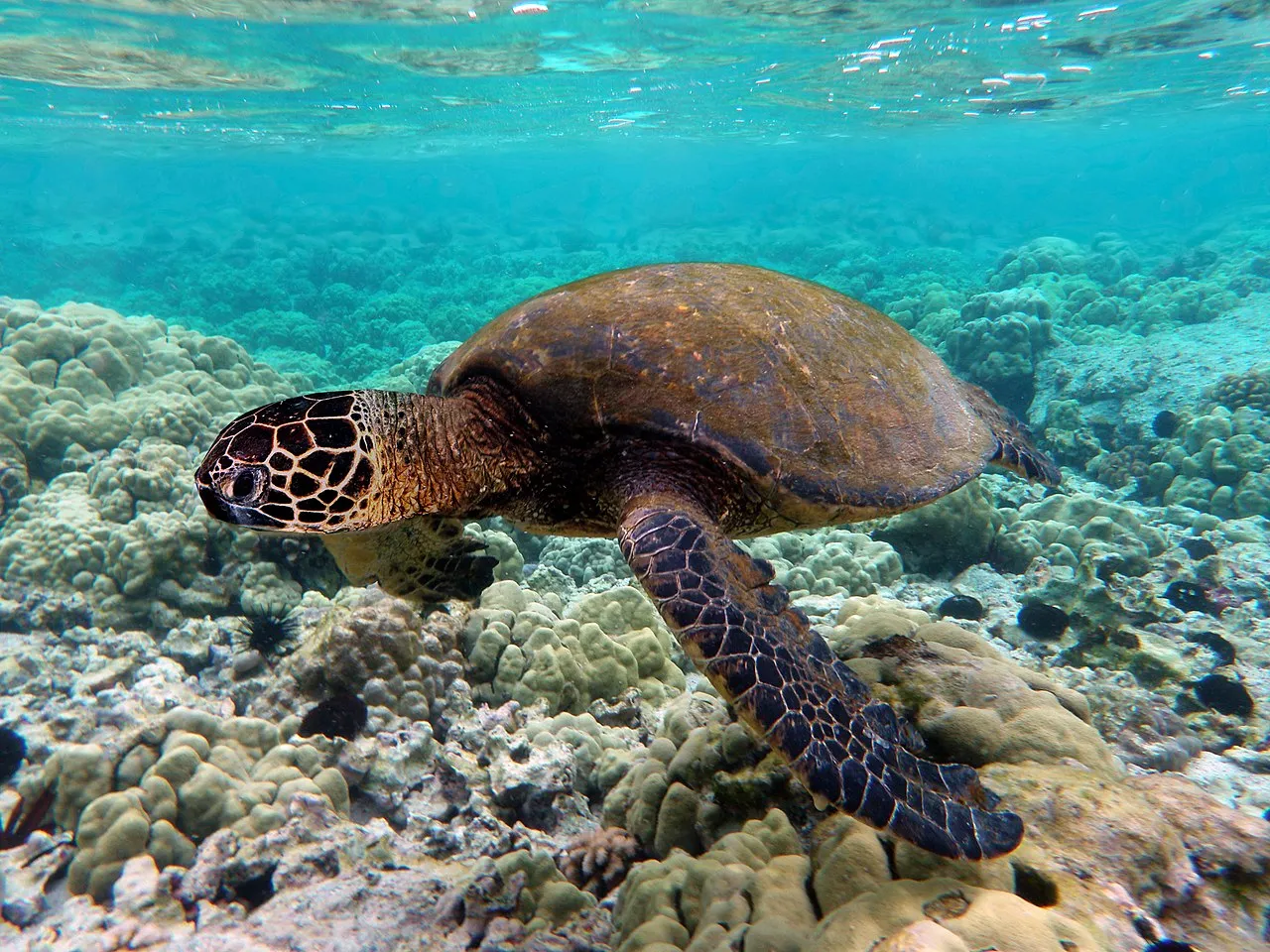
Reasons Why a Sea Turtle is a Primary Consumer
-
Dietary Habits: Sea turtles primarily feed on plant material such as algae, seagrass, and marine vegetation. Their diet aligns with that of primary consumers, which typically consume autotrophic organisms (producers) for energy.
-
Trophic Level Position: Sea turtles occupy the second trophic level in marine food chains, indicating their role as primary consumers. They directly consume producers, converting plant material into energy for growth and maintenance.
-
Biological Characteristics: Due to their size, biological complexity, and feeding capacity, sea turtles are better suited to function as primary consumers rather than secondary consumers. Their digestive system is adapted to efficiently process plant matter, further solidifying their role in the ecosystem as primary consumers.
What Type Of Consumer Is A Turtle?
Turtles, including sea turtles, are primarily classified as herbivorous consumers. While their dietary habits may vary slightly among species and life stages, most turtles predominantly consume plant material such as vegetation, algae, and fruits. This dietary preference places them in the category of herbivores within the broader classification of consumers in ecological food webs.
Is A Sea Turtle A Producer, Consumer, Or Decomposer?
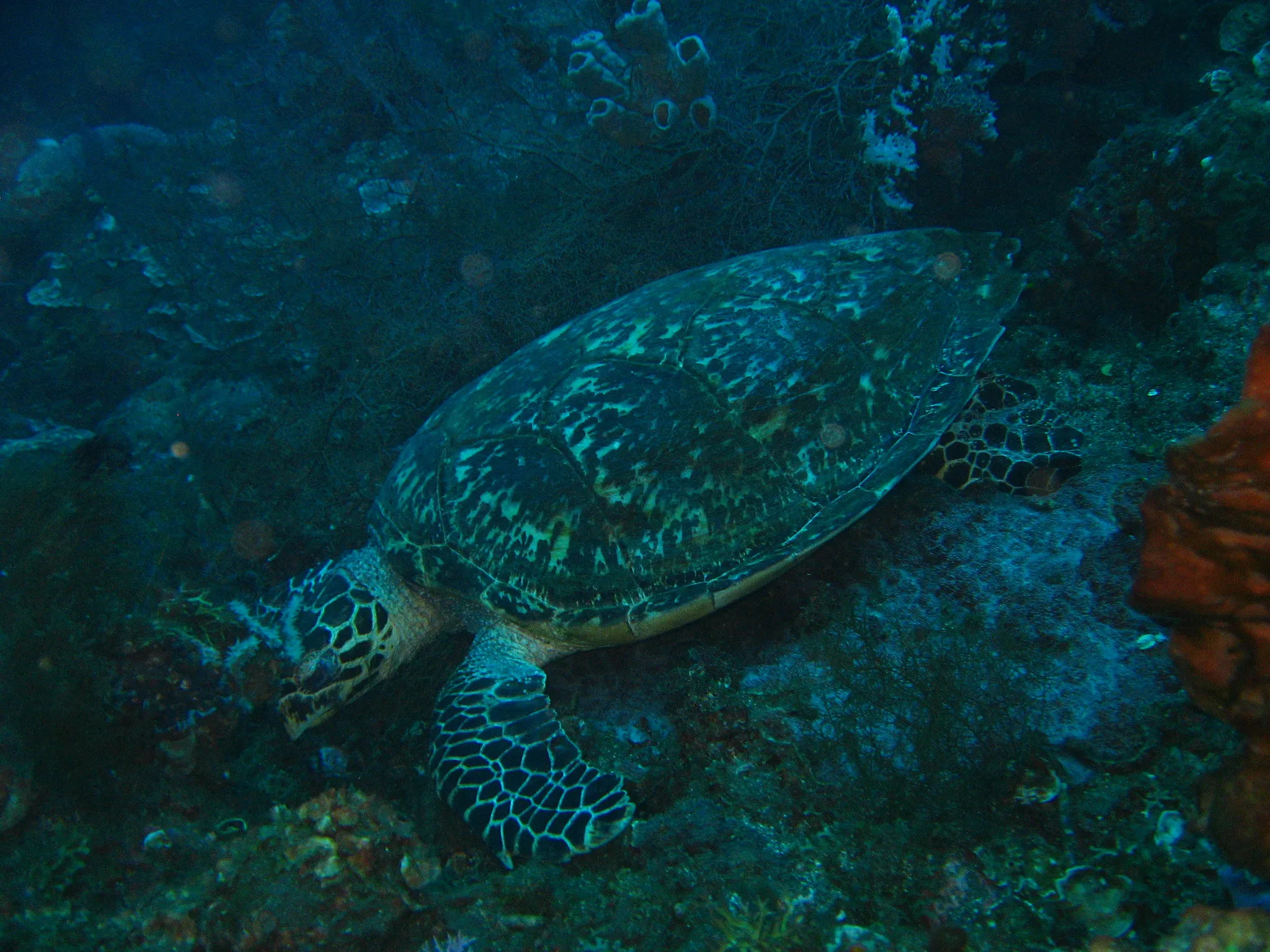
Sea turtles are classified as consumers in ecological terms. They obtain energy by consuming other organisms, primarily plant material such as algae and seagrass, rather than producing energy through photosynthesis like producers (e.g., plants) or decomposing organic matter like decomposers (e.g., bacteria and fungi). As consumers, sea turtles play a vital role in transferring energy and nutrients through marine ecosystems by consuming primary producers and contributing to the food web’s structure and dynamics.
Reasons Why a Sea Turtle is Not a Producer or Decomposer
-
Consumptive Behavior: Sea turtles acquire energy by consuming other organisms rather than producing it through photosynthesis like producers or decomposing organic matter like decomposers.
-
Anatomical Adaptations: Sea turtles lack the necessary cellular structures, such as chloroplasts, for photosynthesis, which is characteristic of producers. Similarly, they lack the specialized enzymes and digestive adaptations required for decomposing organic matter efficiently.
-
Ecological Role: Sea turtles contribute to the flow of energy and nutrients in marine ecosystems as consumers, playing a crucial role in maintaining the balance of the ecosystem’s trophic structure. Their primary function is to consume plant material and serve as prey for higher-level consumers rather than producing or decomposing organic matter.
Is A Turtle A Primary Or Secondary Consumer?
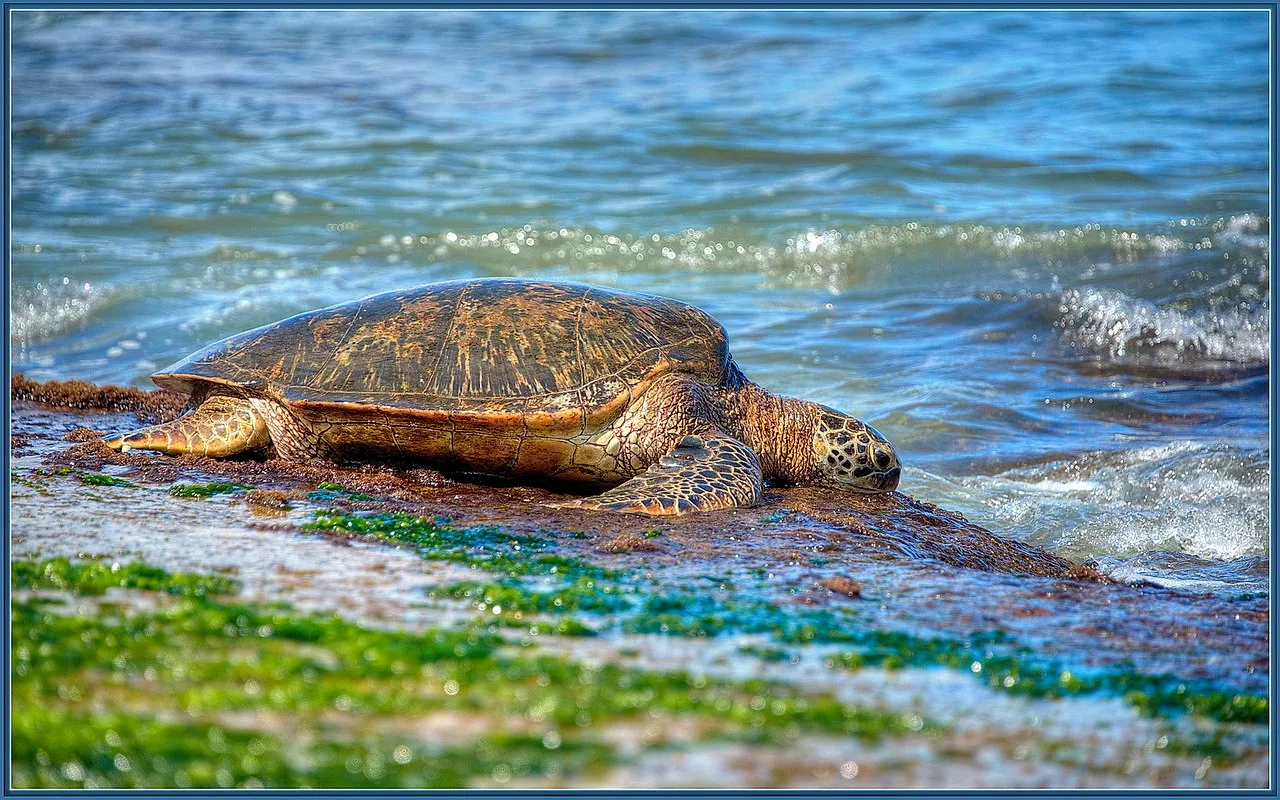
Turtles, including sea turtles, are predominantly classified as primary consumers in ecological food chains. They occupy the second trophic level and primarily feed on plant material such as algae, seagrass, and marine vegetation. While some species may occasionally consume animal matter, their overall diet and ecological role as herbivores place them within the category of primary consumers, contributing to the transfer of energy from producers to higher trophic levels in marine ecosystems.
Reasons Why Sea Turtles are Not Secondary Consumers
-
Dietary Preference: Sea turtles primarily consume plant material such as algae, seagrass, and marine vegetation, placing them at a lower trophic level as primary consumers. They do not predominantly feed on other consumers, which is characteristic of secondary consumers.
-
Trophic Level Position: Secondary consumers typically prey on primary consumers or other secondary consumers to obtain energy. Sea turtles, however, occupy the trophic level of primary consumers, directly consuming producers rather than higher-level consumers.
-
Ecological Niche: Sea turtles play a crucial role in maintaining the balance of marine ecosystems as primary consumers, contributing to the consumption of plant material and the transfer of energy through the food web. Their feeding habits and ecological niche align more closely with primary consumers rather than secondary consumers.
Is A Sea Turtle An Omnivore?
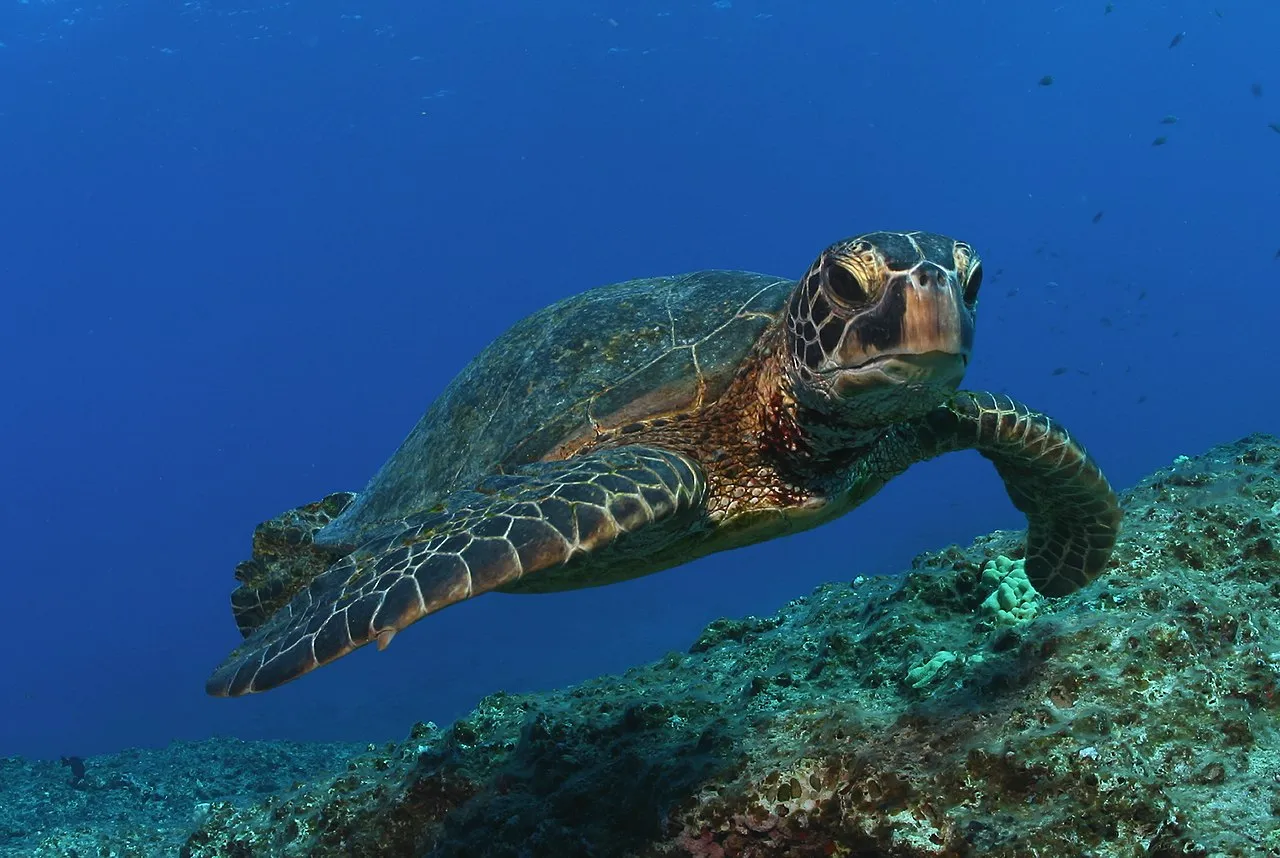
Sea turtles exhibit omnivorous behavior during their hatchling stage, consuming both plant material and small aquatic animals such as jellyfish, small fish, and crustaceans. However, as they mature into adulthood, most sea turtle species transition to a predominantly herbivorous diet, feeding primarily on marine vegetation such as algae and seagrass. Therefore, while sea turtles may display omnivorous tendencies early in life, they are generally considered herbivores in their full adult stage.
Reasons Why Some Sea Turtles are Omnivores
-
Hatchling Diet: During their early life stages, sea turtle hatchlings exhibit omnivorous behavior as they adapt to their marine environment. Consuming a varied diet that includes both plant material and small aquatic animals provides essential nutrients for their growth and development.
-
Opportunistic Feeding: In their juvenile stage, sea turtles may opportunistically consume a wide range of prey items, including small fish, crustaceans, and jellyfish, alongside plant material. This behavior allows them to maximize their nutrient intake and adapt to different food sources available in their environment.
-
Ecological Role: Omnivorous behavior in sea turtle hatchlings may offer ecological advantages, such as increased dietary flexibility and adaptability to changing environmental conditions. By consuming both plant and animal matter, hatchling sea turtles can exploit a broader range of food resources, potentially enhancing their survival and fitness in their early stages of life.
Is A Turtle A Carnivore Or Herbivore?
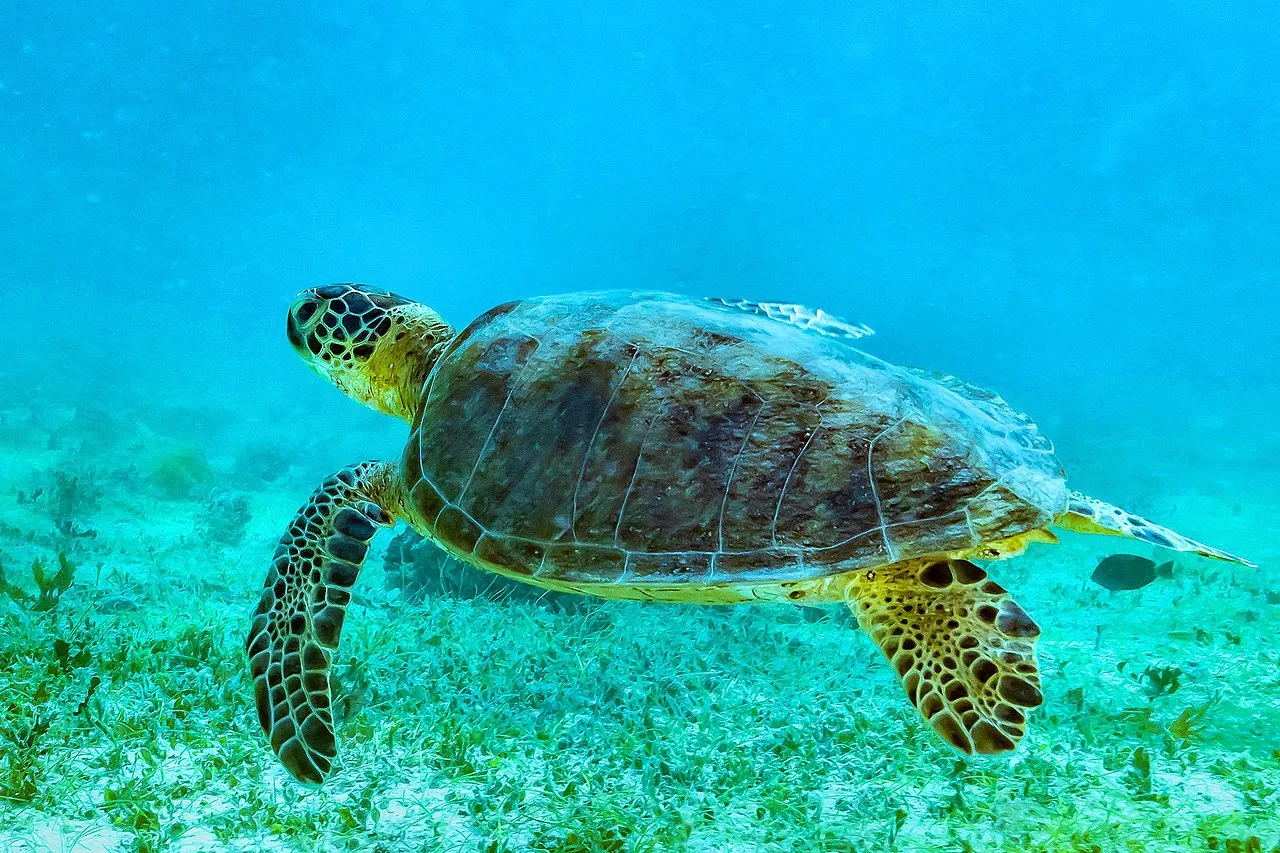
Turtles, including sea turtles, exhibit dietary preferences that vary among species and life stages. While some turtle species may consume primarily animal matter and are classified as carnivores, others, such as sea turtles, predominantly feed on plant material and are classified as herbivores. Therefore, the classification of a turtle as a carnivore or herbivore depends on its species and individual dietary habits.
What Does A Turtle Eat?
The diet of a turtle depends on its species and life stage. Generally, turtles can be categorized into herbivores, carnivores, or omnivores based on their dietary preferences:
-
Herbivorous Turtles: Species such as sea turtles primarily feed on plant material such as algae, seagrass, and marine vegetation. They are adapted to grazing on underwater plants and algae beds, using their specialized jaws to crop and consume vegetation.
-
Carnivorous Turtles: Certain turtle species have carnivorous diets, preying on various aquatic animals such as fish, crustaceans, insects, and mollusks. These turtles have sharp beaks or jaws adapted for capturing and consuming prey.
-
Omnivorous Turtles: Some turtles exhibit omnivorous behavior, consuming both plant material and animal matter. Omnivorous turtles may have a varied diet that includes vegetation, small fish, insects, and other aquatic organisms.
*Summary
- Sea turtles are primarily classified as primary consumers due to their herbivorous diet.
- Their diet mainly consists of plant material such as algae, seagrass, and marine vegetation.
- While hatchling sea turtles may exhibit omnivorous behavior, adults are predominantly herbivores.
- Sea turtles contribute to the transfer of energy from producers to higher trophic levels in marine ecosystems.
- They are not producers or decomposers but play a crucial role as consumers in ecological food webs.
- Sea turtles occupy the trophic level of primary consumers and are not considered secondary consumers.
- While some sea turtles may display omnivorous behavior during their early stages, they primarily consume plant material in adulthood.
- Turtle species vary in their dietary preferences, with some being herbivores, carnivores, or omnivores, depending on their species and individual feeding behavior.
| Aspect | Summary |
| Classification |
Sea turtles are primarily primary consumers due to their herbivorous diet.
|
| Diet |
Their diet consists mainly of plant material such as algae, seagrass, and marine vegetation.
|
| Life Stages |
While hatchling sea turtles may exhibit omnivorous behavior, adults are predominantly herbivores.
|
| Ecological Role |
Sea turtles contribute to the transfer of energy from producers to higher trophic levels in marine ecosystems.
|
| Not Producers or Decomposers |
They are not producers or decomposers but play a crucial role as consumers in ecological food webs.
|
| Trophic Level |
Sea turtles occupy the trophic level of primary consumers and are not considered secondary consumers.
|
| Dietary Flexibility |
While some sea turtles may display omnivorous behavior during their early stages, they primarily consume plant material in adulthood.
|
| Variation Among Turtle Species |
Turtle species vary in their dietary preferences, with some being herbivores, carnivores, or omnivores, depending on their species and individual feeding behavior.
|
Related FAQs and Answers
Q: What are the different species of sea turtles? A: There are seven species of sea turtles: Green sea turtle, Loggerhead sea turtle, Leatherback sea turtle, Hawksbill sea turtle, Kemp’s ridley sea turtle, Olive ridley sea turtle, and Flatback sea turtle.
Q: Why are sea turtles important to the ecosystem? A: Sea turtles play a crucial role in marine ecosystems by helping to maintain the health of seagrass beds and coral reefs, controlling jellyfish populations, and providing food for other predators.
Q: What are the major threats to sea turtles? A: The major threats to sea turtles include habitat loss and degradation, climate change, pollution, accidental capture in fishing gear (bycatch), poaching and illegal trade, and ingestion of marine debris.
Q: How do sea turtles navigate during their migrations? A: Sea turtles use a variety of navigational cues, including Earth’s magnetic field, the angle of the sun, and ocean currents, to navigate during their long-distance migrations between feeding and nesting areas.
Q: How do sea turtles reproduce? A: Sea turtles reproduce through a process called nesting, where females come ashore to lay their eggs in sandy beaches. After a period of incubation, the hatchlings emerge from the nest and make their way to the ocean.

